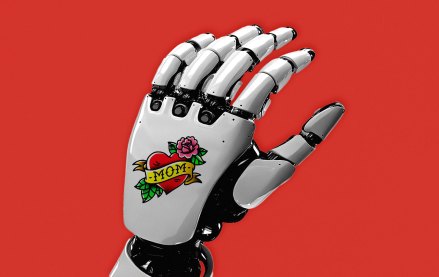Connect with execs from The New York Times, TIME, Dotdash Meredith and many more

We hate to break it to you, but it’s likely that your social media posts have been seeing other people. The truth of the matter is, most measurement excludes multiple generations of activity that your content creates. This downstream engagement, otherwise known as Dark Social, occurs due to viral activity and often leads to unmeasured conversions and revenue.
Defining Dark Social
Surely by now you must be shocked, and we understand completely. Here’s the great news: Not only can multi-generational activity be tracked, but it can tie real ROI to your content. But before we can get into the “how,” let’s start with the “what”. As in, what is the difference between first generational and multi-generational engagement anyway?
As the term suggests, first generation activity is comprised of the clicks, shares, conversions and revenue directly resulting from when content is originally published. Multi-generation activity on the other hand, is subsequent clicks, shares, conversions and revenue from the viral impact of the content. This activity includes the use of social share buttons, as well as copying and pasting links into emails, chats and social posts.

Bridging the generation gap
Social media offers brands an almost overwhelming variety of choices when it comes to prioritizing the channels and content types that align with business objectives. Twitter, Facebook, Instagram, Pinterest, mobile, video — the list seems like a neverending skip down a yellow brick road. So what’s a marketer to do if they want to understand which of these actions are most effective, which stimulate viral activity and which contribute to their bottom line? Let’s take a moment to talk numbers and real world examples. We looked at several brand case studies and picked out some of the most interesting findings:
 |
 |
| As much as 34 percent of the revenue for em michelle phan by L’Oreal USA was as a result of multi-generational engagement. | Multi-generational audiences can have as much as twice the conversion rate. |
 |
 |
| The effectiveness of a social marketing channel can vary between audience generations. For the same L’Oreal USA campaign, we found that Facebook and Instagram were great at driving first generational engagement, while YouTube was great at driving multi-generational engagement. | While social buttons are prevalent online, quite a few people prefer to share via other methods. In fact, as much as 60 percent or more of sharing activity occurs from users copying and pasting URLs. |
A new frontier for brands
The bottom line is that not only does multi-generational engagement exist in a big way for brands, but the implications of accurately measuring Dark Social activity is critical for marketers. So much so that it’s not only about your return on investment, but also a return on content. Wondering how your content measures up? Take a look at our flowchart to find out.
For more information about tracking Dark Social, contact info@unifiedsocial.com.
More from Digiday

YouTube’s AI slop crackdown has creators concerned, marketers cheering
Despite the potential crackdown, both creators and marketers broadly view YouTube’s updated policies as a positive move. They believe it indicates that the platform is paying attention to the ways creators are using AI — and that it’s open to AI tools that don’t result in the propagation of so-called “AI slop” videos.

Generative AI sparks brand safety concerns marketers know all too well
Despite concerns around brand misuse and IP, most marketers are sticking to traditional strategies.

‘Production is a big topic right now’: With AI moving beyond media, Publicis turns toward creative
The holdco is positioning AI as core infrastructure for ad production not just media buys.





